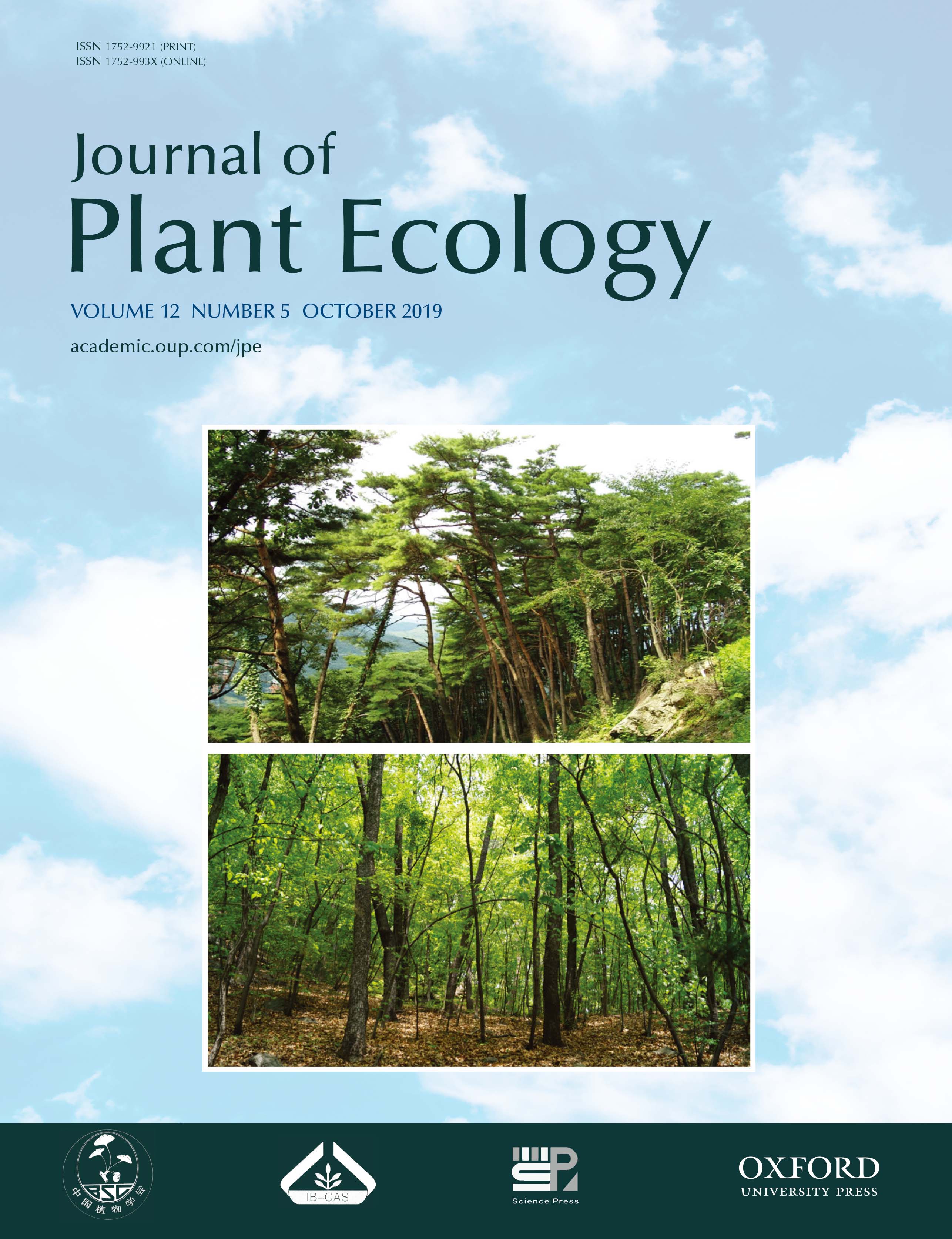Aiying Zhang, Will Cornwell, Zhaojia Li, Gaoming Xiong, Dayong Fan and Zongqiang Xie
Aims
Community assembly links plant traits to particular environmental conditions. Numerous studies have adopted a trait-based approach to understand both community assembly processes and changes in plant functional traits along environmental gradients. In most cases these are long-established, natural or semi-natural environments. However, increasingly human activity has created, and continues to create, a range of new environmental conditions, and understanding community assembly in these ‘novel environments’ will be increasingly important.
Methods
Built in 2006, the Three Gorges Dam, largest hydraulic project in China, created a new riparian area of 384 km2, with massively altered hydrology. This large, newly created ecosystem is an ideal platform for understanding community assembly in a novel environment. We sampled environment variables and plant communities within 103 plots located in both the reservoir riparian zone (RRZ) and adjacent non-flooded and semi-natural upland (Upland) at the Three Gorges Reservoir Area. We measured six traits from 168 plant species in order to calculate community-level distribution of trait values. We expected that the altered hydrology in RRZ would have a profound effect on the community assembly process for the local plants.
Important Findings
Consistent with previous work on community assembly, the distribution of trait values (range, variance, kurtosis and the standard deviation of the distribution neighbor distances) within all plots was significantly lower than those from random distributions, indicating that both habitat filtering and limiting similarity simultaneously shaped the distributions of traits and the assembly of plant communities. Considering the newly created RRZ relative to nearby sites, community assembly was different in two main ways. First, there was a large shift in the mean trait values. Compared to Upland communities, plant communities in the RRZ had higher mean specific leaf area (SLA), higher nitrogen per unit leaf mass (Nmass), and lower maximum height (MH). Second, in the RRZ compared to the Upland, for the percentage of individual plots whose characteristic of trait values was lower than null distributions, the reductions in the community-level range for SLA, Nmass, nitrogen per unit leaf area (Narea) and phosphorus per unit leaf area (Parea) were much larger, suggesting that the habitat filter in this newly created riparian zone was much stronger compared to longer established semi-natural upland vegetation. This stronger filter, and the restriction to a subset of plants with very similar trait values, has implications for predicting riparian ecosystems’ responses to the hydrological alterations and further understanding for human’s effect on plant diversity and plant floras.








